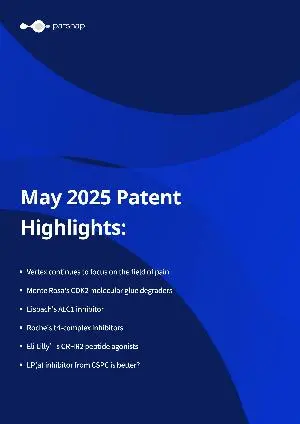1,A comprehensive review was conducted of the 55 new drugs approved by the FDA in 2023, including 20 First-in-Class (FIC) therapies. Additionally, an analysis was performed on 8 promising FIC single-target agents and 10 FIC dual-target agents with significant potential for the first three quarters of 2024.
2,This report provides a comprehensive overview of the promising First-in-Class (FIC) single-target and dual-target agents anticipated for the fourth quarter of 2024. It includes detailed analyses of their mechanisms of action, current research and development progress, and potential clinical applications.
3,Depth Analysis of Potential Single-target FIC Varieties: This section provides an in-depth examination of the following single-target First-in-Class (FIC) agents: LTCC modulators, M2R allosteric modulators, S2R modulators, BRD4 BD2 inhibitors, PKMYT1 inhibitors, TAK1 inhibitors, NLRP3 inhibitors, and oral KRAS G12D inhibitors. The analysis covers their mechanisms of action, current research progress, and patent application status.
4, In-depth Analysis of Potential Dual-Target FIC Varieties: This section provides a comprehensive examination of the FXR-LIFR dual-target regulators and ROCK-HDAC dual-target inhibitors, both of which are First-in-Class (FIC) compounds. The analysis delves into their development potential and patent landscape.








